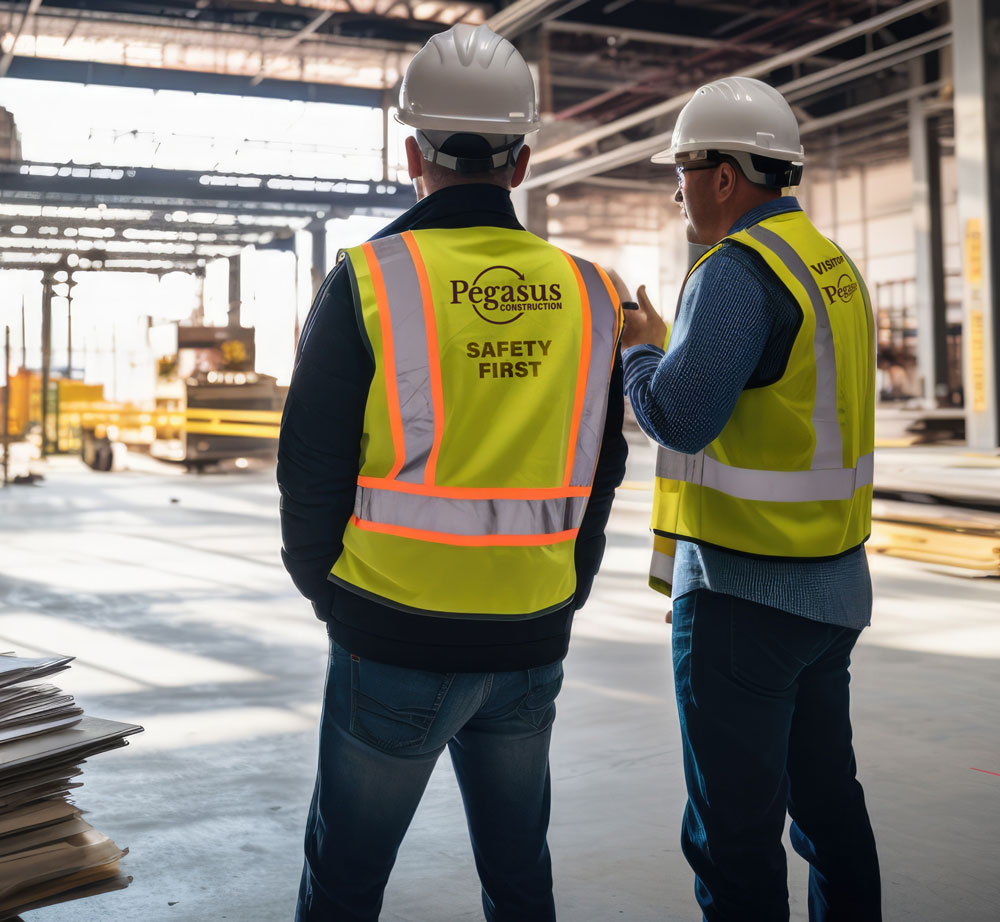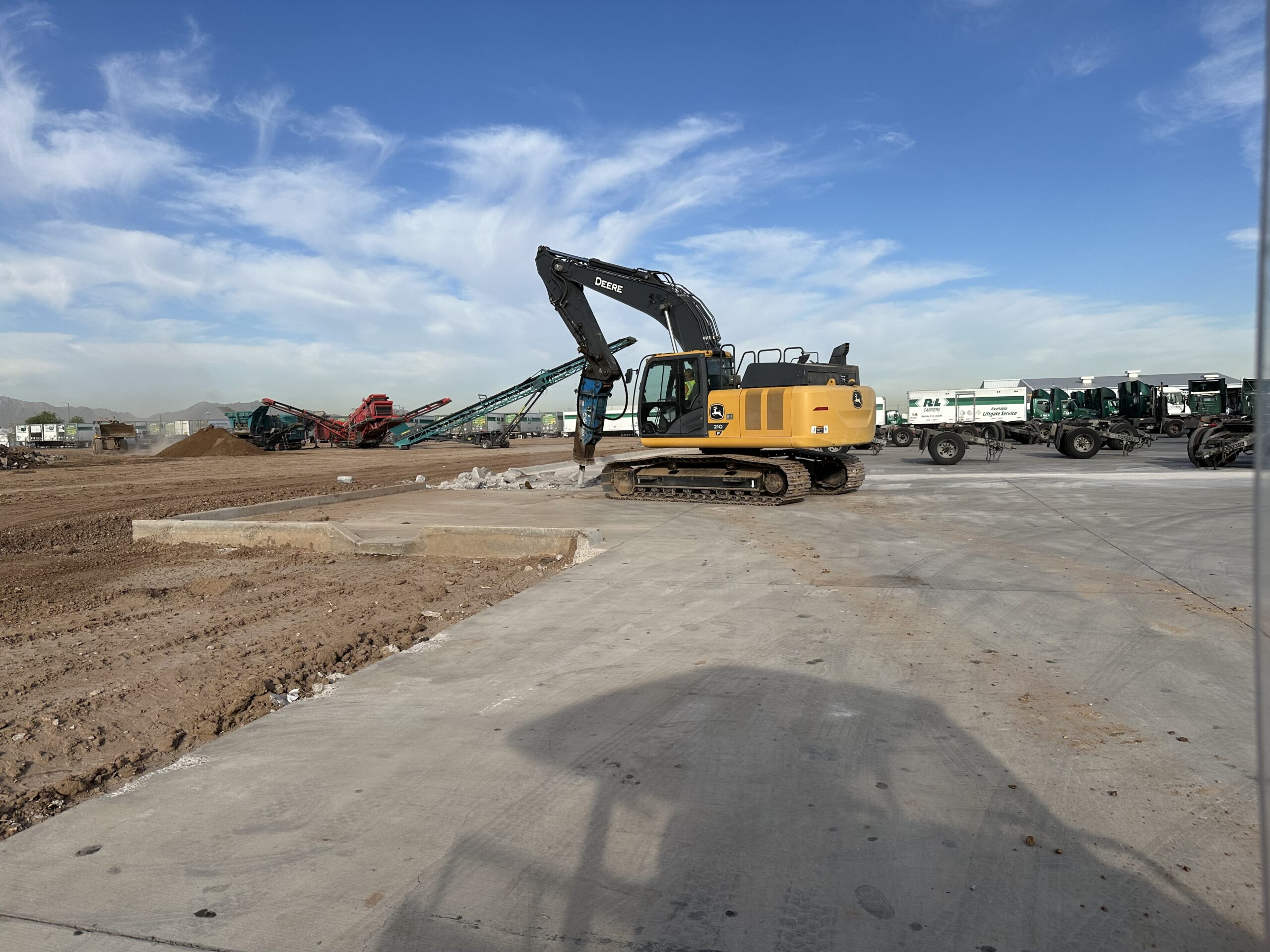
2025’s Phoenix Land Development Trends Are Shifting—Get Ahead With These Top Insights
Phoenix continues to experience one of the fastest growth rates in the nation. With an influx of residents, expanding industries, and evolving urban needs, land development Phoenix projects are seeing major shifts in how they are planned, designed, and executed. 2025 marks a turning point for the city as developers, investors, and contractors adjust to a changing regulatory environment and emerging market priorities. Those who stay informed on Phoenix land development trends are in a better position to secure profitable sites, create long-term value, and meet the expectations of city officials and future tenants. Understanding these shifts now allows decision-makers to prepare for what is coming and make choices that reduce risks while maximizing returns.
Why Phoenix Land Development Is at a Turning Point in 2025
The greater Phoenix area has experienced steady growth for decades, but recent changes are accelerating the need for strategic approaches in construction land development. Population growth is not just about numbers—it is driving increased demand for housing, retail, office, and mixed-use spaces that reflect current lifestyle trends. Infrastructure upgrades like freeway expansions and light rail extensions are opening new areas for development. At the same time, zoning policies are shifting to encourage sustainability, higher-density projects, and community integration.
Economic diversification plays a role as well. Technology, healthcare, logistics, and hospitality sectors are creating specific requirements for location, utility access, and site configuration. The traditional approach of buying land and building without broader planning is being replaced with integrated strategies that account for market trends, municipal goals, and environmental considerations with Phoenix land development projects.
Trend 1: Demand for Mixed-Use Developments is Surging
Mixed-use projects are at the forefront of Phoenix land development trends. Combining residential, retail, office, and entertainment in one location reflects consumer demand for convenience and walkability. These developments are especially appealing to younger demographics and professionals who prefer to live near where they work and shop. City zoning updates and incentive programs encourage developers to incorporate multiple uses into a single site, often reducing the need for separate permits and allowing for more creative site planning. Construction land development for mixed-use projects requires careful coordination between architects, engineers, and contractors to ensure compatibility between each component. Parking design, traffic flow, and noise management are critical factors in these builds. Developers who embrace this trend can attract a broader range of tenants and increase the long-term profitability of their projects.
Trend 2: Sustainability and Green Building Standards Are Mainstream
Sustainability has shifted from a niche feature to an essential component of successful land development Phoenix projects. The city and state continue to strengthen environmental policies, including stricter energy efficiency codes, water conservation requirements, and renewable energy integration. LEED certification and similar programs are now widely recognized as markers of quality and responsibility. Sustainable construction choices—such as solar-ready roofing, drought-tolerant landscaping, and high-efficiency HVAC systems—offer immediate operational savings and appeal to environmentally conscious tenants. Developers also find that green building standards improve tenant retention and property value over time. Integrating these features early in the design process avoids costly retrofits and ensures compliance with future regulations.
Trend 3: Infrastructure-Driven Site Selection
Infrastructure upgrades are playing a larger role in shaping where and when land development projects move forward. Areas near new freeway interchanges, transit stops, and utility expansions are becoming highly desirable for both residential and commercial builds. For example, the expansion of the light rail system has spurred interest in surrounding neighborhoods, creating opportunities for mixed-use and multi-family developments. Access to reliable utilities like water, electricity, and high-speed internet is now a deciding factor for many projects. Strategic site selection that aligns with infrastructure growth allows developers to secure sites before demand peaks, increasing the likelihood of strong returns.
Trend 4: Adaptive Reuse and Redevelopment Projects
Adaptive reuse is gaining traction as a cost-effective and sustainable approach to development. Rather than clearing a site and starting from scratch, developers are reimagining older structures for new uses. This approach reduces material waste, shortens construction timelines, and can help preserve the character of established neighborhoods. Common examples include converting warehouses into retail hubs, turning office buildings into residential complexes, and transforming outdated shopping centers into mixed-use spaces. While adaptive reuse projects require careful attention to structural integrity and code compliance, they often benefit from existing infrastructure and established community acceptance.
Trend 5: Technology Integration in Land Development
Technology is reshaping construction land development in Phoenix. Drones are being used for site surveys, progress monitoring, and marketing visuals. 3D modeling and Building Information Modeling (BIM) tools allow teams to identify design conflicts before construction begins, reducing costly delays. Geographic Information System (GIS) mapping supports data-driven site selection by analyzing zoning, environmental, and demographic information. On the operations side, smart infrastructure systems—such as IoT-enabled lighting, water monitoring, and security—are becoming standard features. Digital permitting platforms and cloud-based project management tools also make it easier to coordinate between multiple stakeholders.
Trend 6: Increased Regulatory Oversight and Planning Requirements
Phoenix land development trends show a clear increase in regulatory oversight. Developers must now navigate more detailed environmental impact assessments, stricter stormwater management requirements, and updated building codes that reflect climate and population growth realities. Early collaboration with city planning officials, engineers, and environmental consultants can save months of delays and help avoid costly redesigns. Zoning reviews are becoming more thorough, especially for projects that involve changes in land use or higher-density proposals. The ability to anticipate and plan for these requirements is becoming a competitive advantage.
The Role of Local Expertise in Successful Land Development
Working with professionals who understand the unique conditions of the Phoenix market is critical. Local contractors, engineers, and architects are familiar with regional soil types, climate considerations, and municipal permitting processes. They have established relationships with city inspectors and utility providers, which can help projects progress more smoothly. These partnerships also provide insight into upcoming regulatory changes and development incentives. Local expertise ensures that land development Phoenix projects are designed and executed to meet both current needs and future expectations.
Long-Term Benefits of Staying Ahead of Land Development Trends
Developers who align their projects with current and emerging Phoenix land development trends position themselves for stronger financial outcomes. Strategic planning reduces the risk of delays, cost overruns, and market misalignment. Properties designed with sustainability, mixed-use potential, and technology integration are more appealing to tenants and investors. They also hold their value better in changing economic conditions. Staying informed allows developers to anticipate shifts rather than react to them, creating a foundation for long-term success.
FAQ: Phoenix Land Development in 2025
How long does land development take in Phoenix?
Project timelines vary based on site conditions, permitting, and project scope. Smaller developments may take several months, while large-scale or complex projects can span one to two years from planning to completion.
What are the most important steps in construction and land development?
Key steps include site selection, feasibility studies, zoning review, permitting, design, infrastructure preparation, and vertical construction. Each step requires coordination between multiple professionals to stay on schedule and within budget.
Do I need special permits for mixed-use projects in Phoenix?
Yes. Mixed-use projects often require conditional use permits or zoning adjustments, as well as standard building permits for each component. Early consultation with the city’s planning department helps streamline approvals.
How much does it cost to develop land in Phoenix?
Costs depend on location, infrastructure needs, project type, and finish level. Basic site preparation might start at several dollars per square foot, while full-scale developments can range from hundreds to thousands per square foot.
Can vacant land be used for adaptive reuse projects?
Adaptive reuse applies to existing structures. Vacant land is typically developed from the ground up, but in some cases, partially built or abandoned structures on the site can be incorporated into a new project.
What are the biggest zoning challenges in Phoenix land development?
Common challenges include height restrictions, parking minimums, setback requirements, and limitations on density or use type. Zoning variances or amendments may be needed for certain projects.
Why is sustainability important in modern land development?
Sustainability lowers long-term operating costs, improves tenant appeal, and ensures compliance with evolving environmental regulations. It also supports community goals for reduced resource consumption.
How can a local contractor help speed up my land development project?
Local contractors understand Phoenix-specific permitting processes, have relationships with key suppliers, and can quickly address issues on-site. Their knowledge of regional regulations can prevent costly delays.
Final Thoughts: Building Smarter for Phoenix’s Future
Phoenix is in a dynamic phase of growth, and 2025’s land development landscape is more complex than ever. Developers who embrace mixed-use designs, sustainable practices, technology integration, and proactive regulatory planning will see the strongest results. Adapting to Phoenix land development trends is not just about following the market—it is about leading it. Strategic choices made today will shape the profitability, community impact, and longevity of projects for years to come.
Partner With Pegasus for Your Next Land Development Project
Pegasus understands the complexities of construction land development in Phoenix and how to navigate shifting market trends. Our team provides expert planning, design coordination, and project management to help you move from concept to completion efficiently. Contact Pegasus today to discuss your vision and start building ahead of the competition.
Pegasus Construction: Your Phoenix Partner
We have been helping Arizona developers bring projects to life for nearly four decades. From the initial grading to the final inspection, we are with you at every step. Whether you’re constructing a subdivision, retail center, or industrial park, we have the team, the tools, and the proven track record to make it happen.
Are you ready to get started? Call us at 602-285-9339 or email us at contact@azpci.com. Our office is at 2140 W Greenway Rd, Phoenix, AZ 85023. Let’s create something great together.


